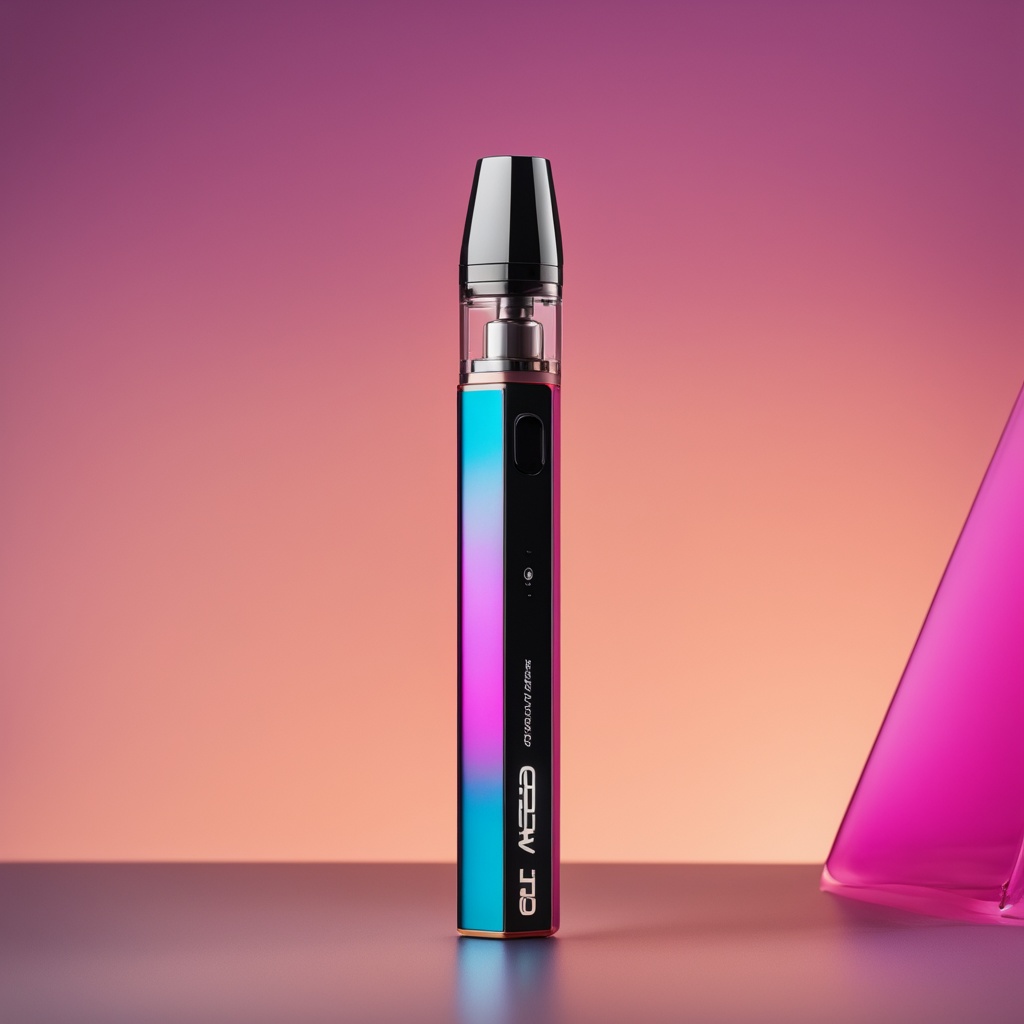Alibarbar Rechargeable Vape: A Game-Changer for Australian Vaping Enthusiasts
As an Australian vaper constantly on the hunt for innovative devices, discovering the Alibarbar Rechargeable Vape felt like uncovering a hidden gem. This sleek, tech-forward e-cigarette combines cutting-edge engineering with user-centric design, making it a standout in a crowded market. But what exactly sets this device apart? Let’s dive into its features, performance, and why it’s capturing attention Down Under.
Design and Portability
The first thing you’ll notice about the Alibarbar Rechargeable Vape is its ultra-compact frame. Weighing just 45 grams, it slips effortlessly into pockets or bags—perfect for Australians who value convenience. The matte finish not only resists fingerprints but also provides a secure grip, reducing accidental drops. Could this be the most travel-friendly vape yet? For commuters navigating Sydney’s trains or adventurers exploring the Outback, its portability is a major win.
Battery Life and Charging Efficiency
One common frustration with rechargeable devices is inconsistent battery performance. Here, the Alibarbar Rechargeable Vape shines with its 450mAh integrated battery, delivering up to 600 puffs per charge. A full recharge takes under 40 minutes via USB-C—ideal for quick top-ups between classes or work breaks. But how does it fare during extended use? During testing, it maintained steady power output until the final 10% of battery life, avoiding the dreaded “weak puff” syndrome plaguing many competitors.
Flavor Delivery and Customization
Australian vapers are notoriously picky about flavor quality, and rightfully so. This device employs a dual-coil airflow system that balances vapor density with nuanced taste. Whether you’re into icy menthols or tropical fruit blends, the flavor profile remains crisp from first inhale to last. Users can also adjust airflow via a discreet side dial, allowing personalized cloud thickness. Prefer discreet mini-clouds or theatrical billows? The choice is yours.
Safety and Durability
With growing concerns about vaping hardware safety, the Alibarbar Rechargeable Vape incorporates multiple safeguards:
- Overcharge protection
- Short-circuit prevention
- Auto-shutdown after 8 seconds of continuous use
Its IP54 rating means it withstands accidental splashes and dust—a boon for beachgoers or festival attendees. Still, questions linger: How does it hold up against extreme heat? While it performed well in 35°C trials, prolonged exposure to direct sunlight isn’t recommended.
Environmental and Cost Considerations
Disposable vapes contribute significantly to landfill waste, but rechargeable options like this one offer a greener alternative. By reusing the same device, Australians could reduce plastic waste by up to 1.2kg annually per user. Financially, while the upfront cost is higher than disposables, long-term savings are substantial. A quick calculation:
- Disposable vapes: ~$15/week = $780/year
- Alibarbar device + e-liquid: ~$200/year
Why pay more for single-use gadgets when sustainability saves dollars?
Frequently Asked Questions
Q: Is the Alibarbar compatible with nicotine salts?
A: Absolutely. Its 1.2Ω mesh coil works beautifully with both freebase and salt nicotine e-liquids.
Q: Can I use it while charging?
A: No, passthrough charging isn’t supported. However, the quick charge time minimizes downtime.
Q: Where can I purchase replacement pods?
A: Authorized Australian retailers and the official Alibarbar website stock genuine pods.
Final Verdict
For Australians seeking a reliable, flavorful, and eco-conscious vaping experience, the Alibarbar Rechargeable Vape delivers on all fronts. Its blend of portability, safety, and customization options positions it as a top contender in 2024’s competitive market. While no device is flawless—the lack of passthrough charging may irk some—its pros overwhelmingly outweigh cons. Ready to elevate your vaping game? This might just be your next daily driver.
As regulations tighten and environmental awareness grows, rechargeable devices aren’t just a trend—they’re the future. The real question isn’t whether to switch, but which model to choose. For many, the answer is clear.

